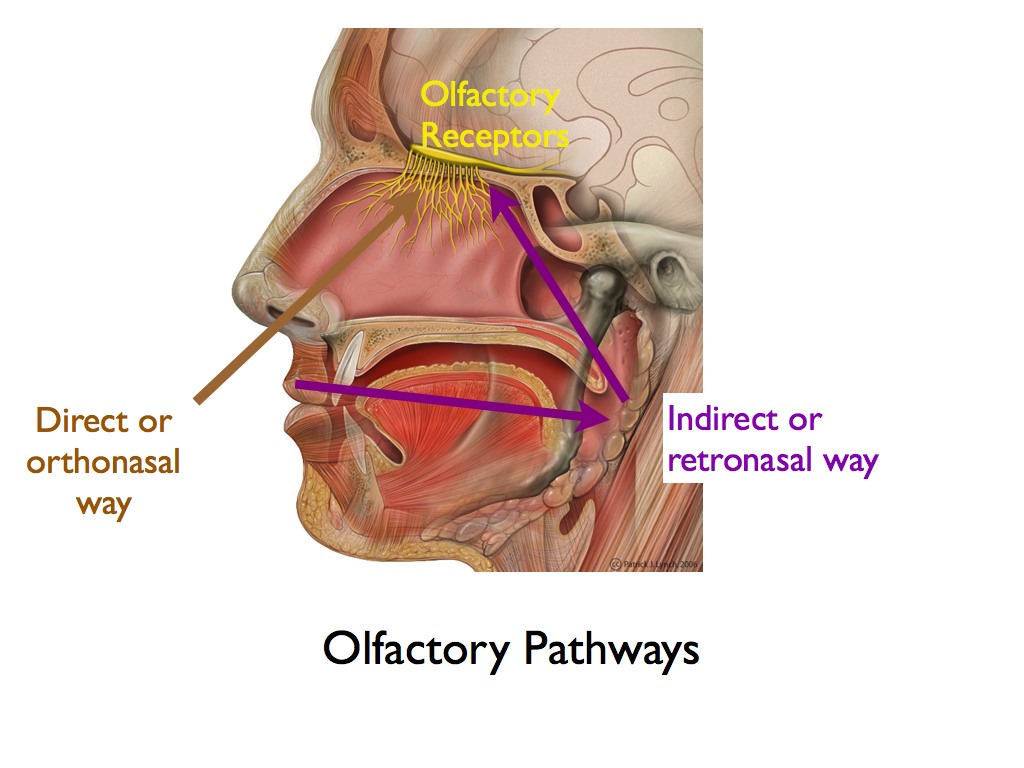Gustation - your sense of taste - is more than just your taste buds
Gustation or commonly called taste or is evoked by non volatile compounds, molecules or ions that stimulate receptors located at the surface of the tongue, as well as on the surface of the oral cavity and the pharynx. The receptor cells are grouped in compact formations called taste buds; each bud looks like an onion, with cells being the onion layers.
Gustation is an elaborated system
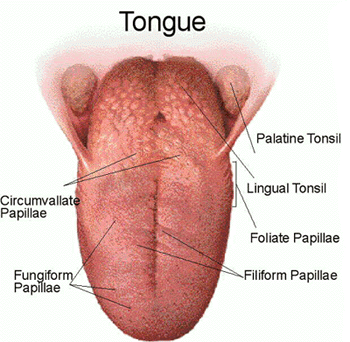
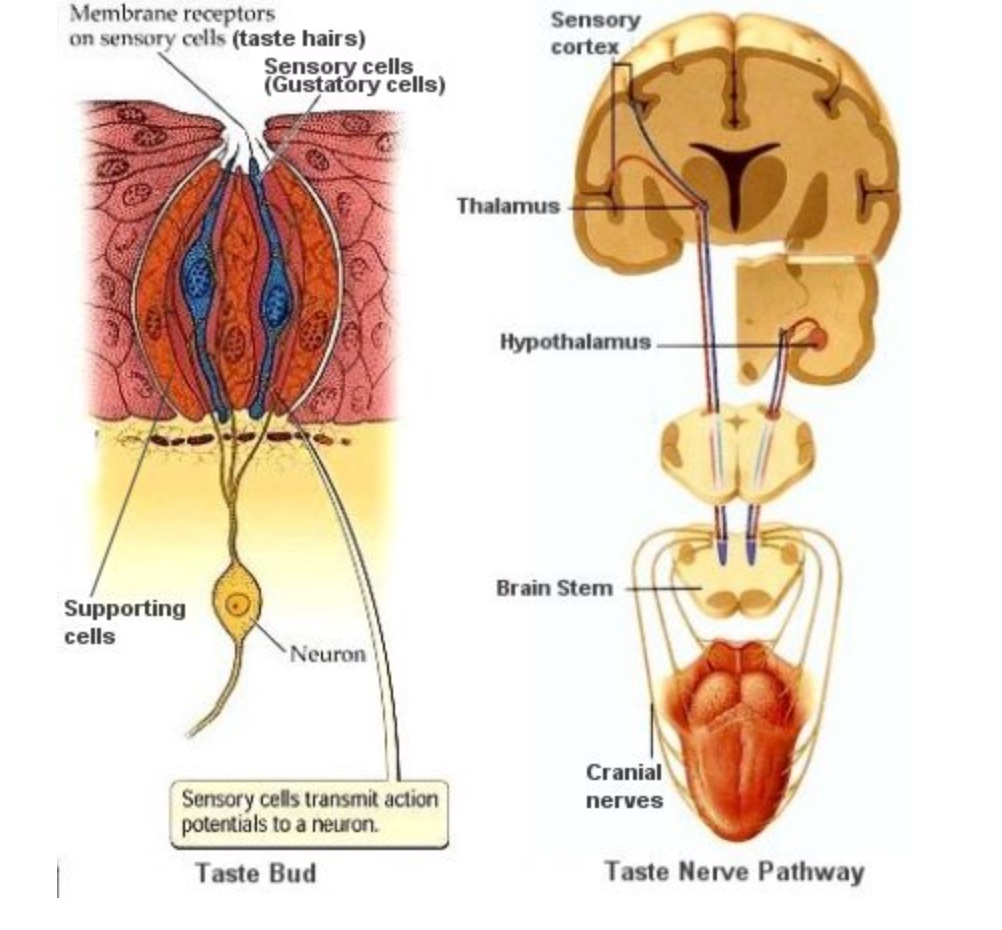
There are about 500 million gustatory receptors in human; 30 –80 per taste bud!
One can count 9000 taste buds in a human mouth. These buds are gathered into different structures called papillae (have you heard about the gustative papillae, that's what they are!)
Five basic tastes
Gustation includes five basic tastes, four of them can be detected in wine: sweet, acid, salty, and bitter. Umami is now considered as a basic taste however its perception and recognition is culturally dependent. For example, the Asian cultures recognize umami as a single perception whereas Westerners tend to describe umami by the combination of two to three other tastes. To my knowledge, Umami is not encountered in wine.
Contrarily to the aromatic compounds, taste compounds are less numerous and are well known in wine as shown on table 2.
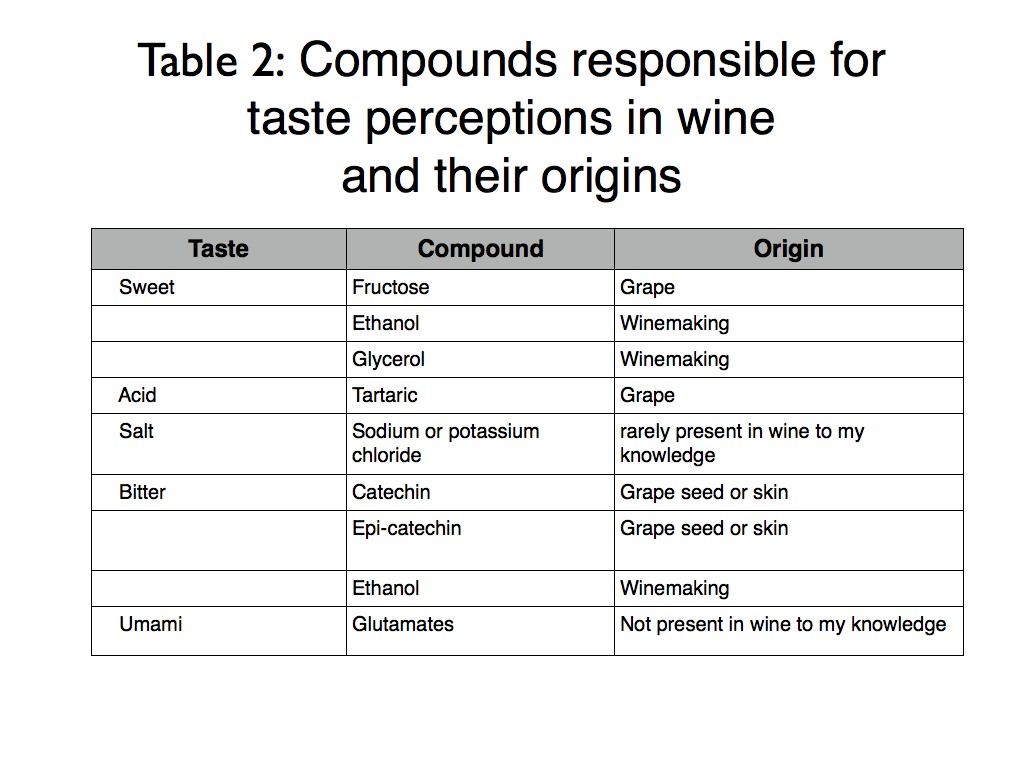
A well speed gustation myth: The tongue map
The tongue map illustrated below has been distributed and taught to many sensory and wine students...until one discovered that this map was erroneous, due to a poor translation from German to English.
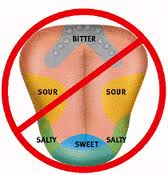
Indeed, the 9000 taste buds are spread all over the surface of the tongue, on its side, even at the beginning of the pharynx. All some receptors are specific to tastants, they are not grouped in specific locations as shown above. So, forget about it!
The best way to memorise how to identify the basic tastes is to memorise the sensations in your mouth.
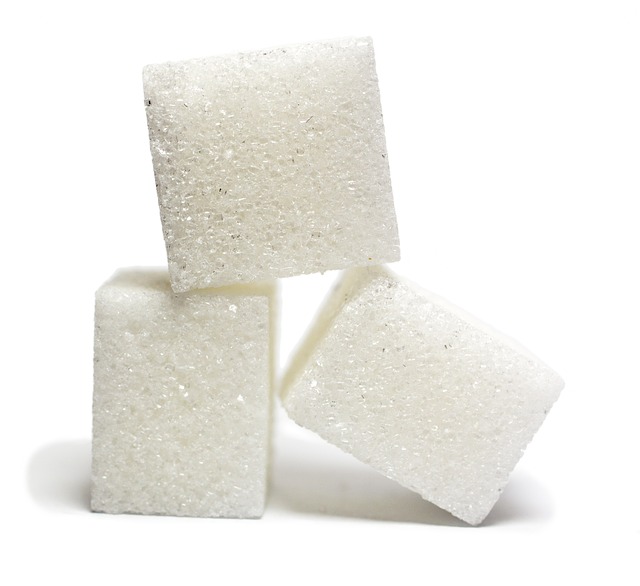
Sweetness:
sweet wines will evoke a sensation similar to sugary beverages and will provoke the production of thick saliva in your mouth
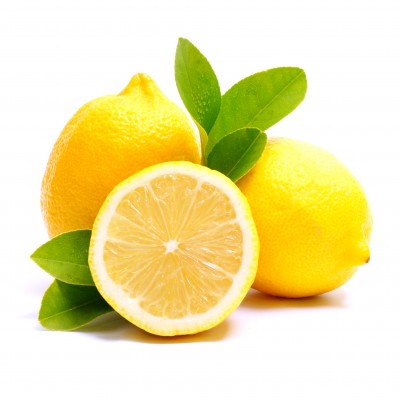
Acidity:
acid wines will evoke sensation similar to diluted lemon juice and will provoke the production of an abundant and fluid saliva in your mouth

Bitterness:
This sensation is evoked in unsweetened coffee or grapefruit. It seems easier for many tasters to perceive bitterness when swallowing the wine
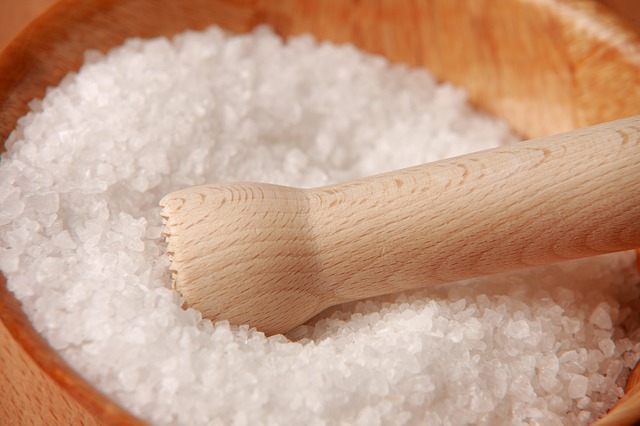
Saltiness:
Have you ever drinken sea water by accident? if yes, you know what it's like. If not, the sensation is similar to a vegetable or chicken salted broth
What if you burn your tongue?
Take it easy. Our body is a wonderful machine that can regenerate taste cells within 7 days.
Feel better?
Are you a Super Taster?
The term “Supertaster” was coined by psychologist Dr. Linda Bartoshuk (Yale University, Florida State University) who studied in depth variations in taste sensitivities. She focused on the bitter compound named 6-n propyl thiouracil and abbreviated as PROP. The ability to taste was found to be linked to the presence of two dominant alleles of the TAS2R38 gene. Statistics are telling: 25% of North Americans are supertasters (ST), 25% are non tasters (NT), and 50% are tasters (T). Women tend to be more represented in the ST category than men.
So are you a super taster? You can guess or take a test. I included below some references available on Amazon.com.
You may also refer to this article: Are you a "supertaster"?
and you may want to listen to this Gastropod show featuring eminent taste scientists hacking taste.
Home > Five Senses> Gustation


